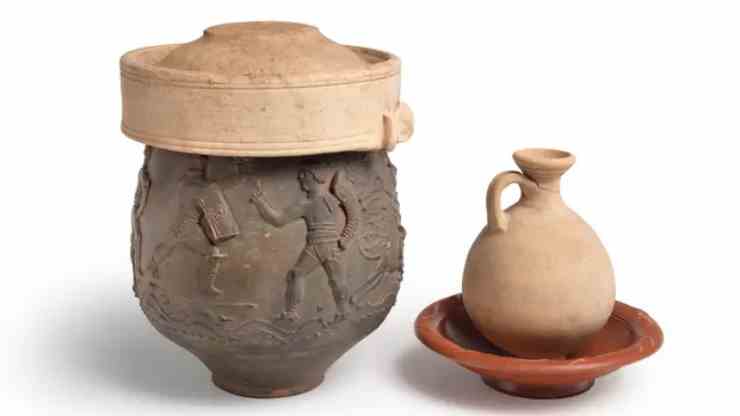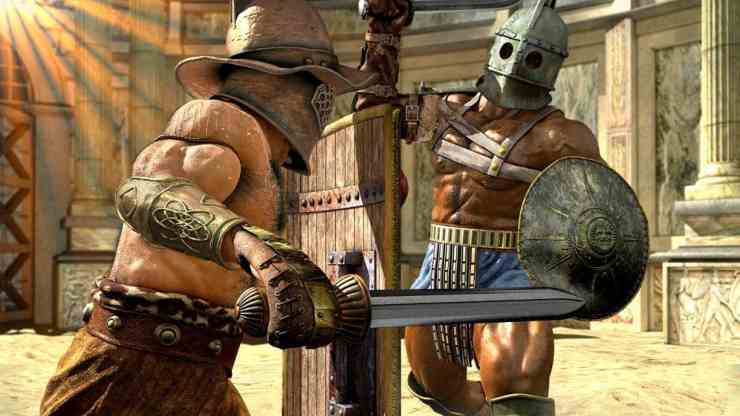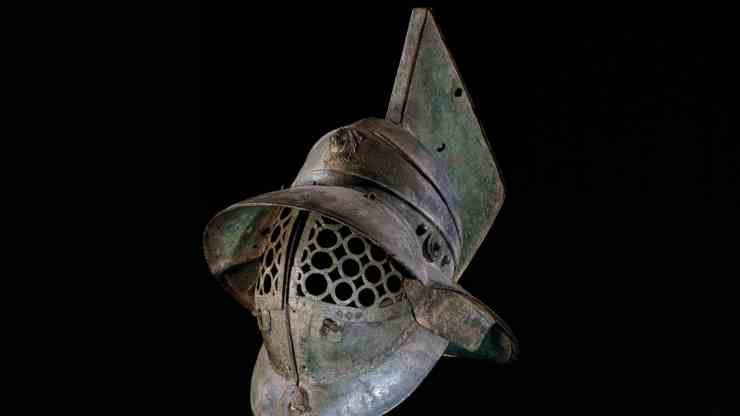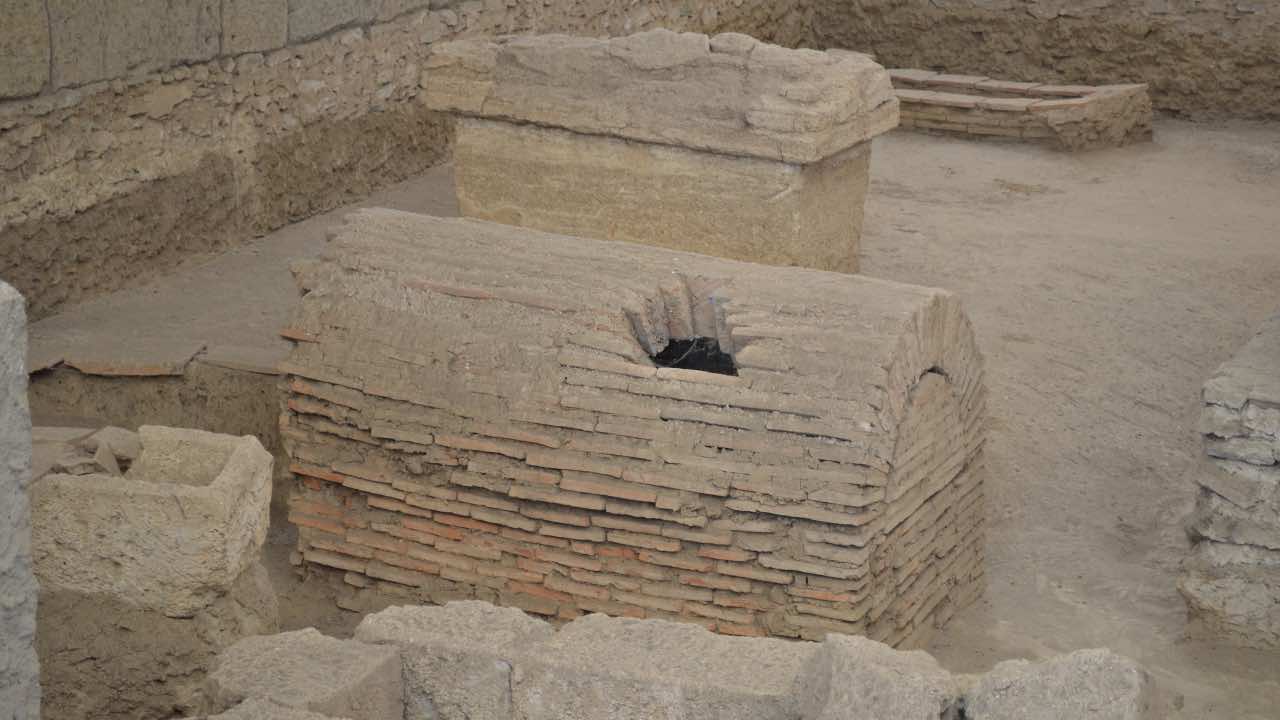A fascinating historical figure and object of great curiosity that of the fighters in the Roman arenas, not only for us Italians, but all over the world. Now something that belonged to a gladiator is once again the talk of these legendary warriors.
In mass culture, that of the fighters in the arenas of ancient Rome greatly influences cinema, literature and sometimes even sport through historical re-enactments.
It is not difficult to understand the reason because the gladiators were in a certain sense one of the symbols of the power of the Roman people and not only in the territory of birth, but in all the rest of the territories that were touched by them. These days we’re talking about it again because of something that belonged to a gladiator: a really interesting discovery.
It was in a Roman tomb and belonged to a gladiator
The news comes directly from England. Starting next July 15th an exhibition will kick off in the town of Colchester dedicated precisely to the Roman fighters. A rich display of objects, partly found in a Roman tomb in the city.
Colchester is a charming town in the county of Essex and in addition to being known for a wonderful castle considered one of the largest in Great Britain, it was a Roman colony. The first to be precise starting from 43 AD under the aegis of the Emperor Claudius.

Obviously become an important site of archaeological interest, gave away his greatest discovery back in 1848. What emerged was an ancient Roman tomb, which revealed a vase inside, among other things. Not just any vase, but owned by a gladiator.
Gladiator’s Vase, an amazing find
The vase in question, found intact in excellent condition despite the passage of time, it was a container of the remains of the deceased.
Upon the death of a gladiator, the body was “cremated” and the ashes placed in a cup specially made in his honor. In particular, the Colchester vase seems to be a very valuable find, which today, however, acquires another meaning and opens up new scenarios on the English city.
In preparation for the exhibition to be held at Colchester Castle, the artefact was re-examined revealing something unexpected. First of all, that the remains of the gladiator belonged to a man of about 40 years of European origin.

Secondly, unlike what was thought for years, the vase had not been imported from Rome, but it was made directly at Camulodunum, ancient Colchester!
A new scenario thanks to the vase that belonged to a gladiator
The discovery is truly amazing and totally unexpected. The results, however, are unequivocal.
The clay that makes up the vase is localit is believed to be placed between 160-200 AD
The vase is composed as follows: three different combat scenes are recognizable, between men, between men and a bear and between a dog against a deer and a hare. The question of the engravings is also particular, i.e. four names, Second, Mnemon, Valentinus e Mario. Engravings placed before the firing of the clay and not added later, as assumed at the beginning.
The fact that the vase is of British origin means only one thing: gladiator fights also took place in Colchester.
Frank Hargrave, the director of the museum that houses the find, said that for years the vase was mistakenly believed to be imported because it was of too high quality to consider it of British origin. Nothing more wrong.
Gladiator fights in Colchester
In 2004 archaeologists as part of an excavation project unearthed the remains of a Roman circus in Colchester.
“However, this is the only evidence of a gladiator fight staged in Great Britaincomments Hargrave. He then adds that relating to the Roman Colchester years there is no other artifact of equal value.
There are different hypotheses about the meaning of the vase. It could have been born as a trophy according to the director, and later used to contain the ashes of the deceased. Or maybe commissioned by the other fighters indicated in the inscription as a commemoration for the fallen comrade.
Which of the four is the fallen gladiator is unclear. Analyzing the scenes represented on the vase, according to the experts, the fate of the gladiator Valentino is not very clear. Apparently you would notice the typical sign of the end of a fight, but whether or not Valentino was spared by the opponent is not known.
Generally according to scholars there is an erroneous popular belief about gladiators fomented by cinema and literature. Not all of them died in the arena in a bloody way because they were considered true champions by their owners who invested time and money in their training.

In any case this analysis opens a new scenario on Colchester. In the years of research, no amphitheater that could have been used for combat has come to light. According to historians though the two Roman theaters found in the past could easily have served as such.
The gladiator vase will be exhibited from 15 July together with other finds: it will be open to visitors until 14 January 2024.
